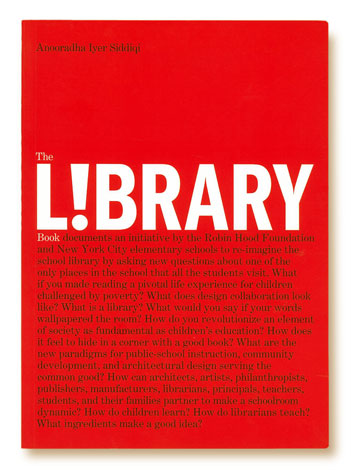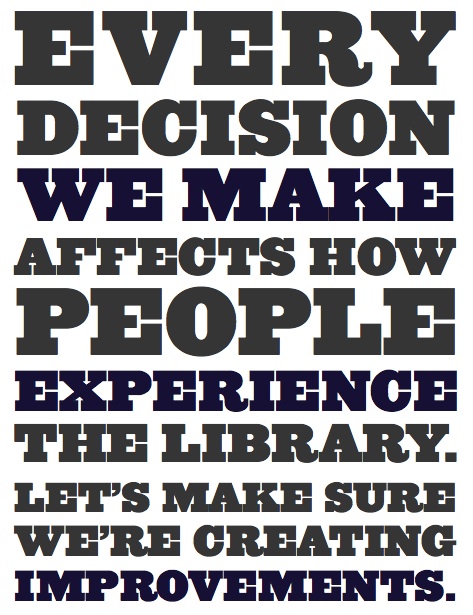Hiya!
I needed to fix a thing with my reading list so I needed a widget-ready theme so I changed to this one and had a “to do” item to update and then a number of things happened, none of which are interesting. So it’s been a while and I have a few things to mention.
1. If you see something weird or broken with this theme, please drop me a note? I got very into working on it and then less into it and I’m concerned that I was not totally done.
2. You may have seen this amusing article that I was interviewed for a while back. 3 Ridiculous Misconceptions About Dating a Librarian. It’s amusing. I was asked to link back to it. I said I would. And then I haven’t updated my website since. Sorry about that. Here’s the link.
3. This is very important. I’ve spoken a lot about the Fair Use Best Practices documents that have been put out by the Center for Media and Social Impact. They have a new one out that you should read: Statement of Best Practices in Fair Use of Orphan Works for Libraries & Archives and other memory institutions I’m just digging into it. All of these documents have good advice and, most importantly, lots and lots of examples and processes explained by working librarians, archivists, and cultural heritage workers of all stripes. And then looked at by lawyers. Very useful with things you can put into practice. Lots of nice citations.
I’ve started a new gig writing for Medium this month, so I’m working on a few pieces about DRM and Buy Nothing Day and I’ll be sure to link to them here. My gig at the Open Standard came to an abrupt end when my editor was suddenly no longer working there after (maybe?) some GamerGate related stuff. I don’t know details but I was asked to put my articles “on hold” for the time being. It’s not quite like being fired. Meanwhile I’m working on a longer single-topic post about Ferguson and the library and what people are doing. When you’ve got the Annoyed Librarian’s non-crabby attention, you know you’re doing something right.

